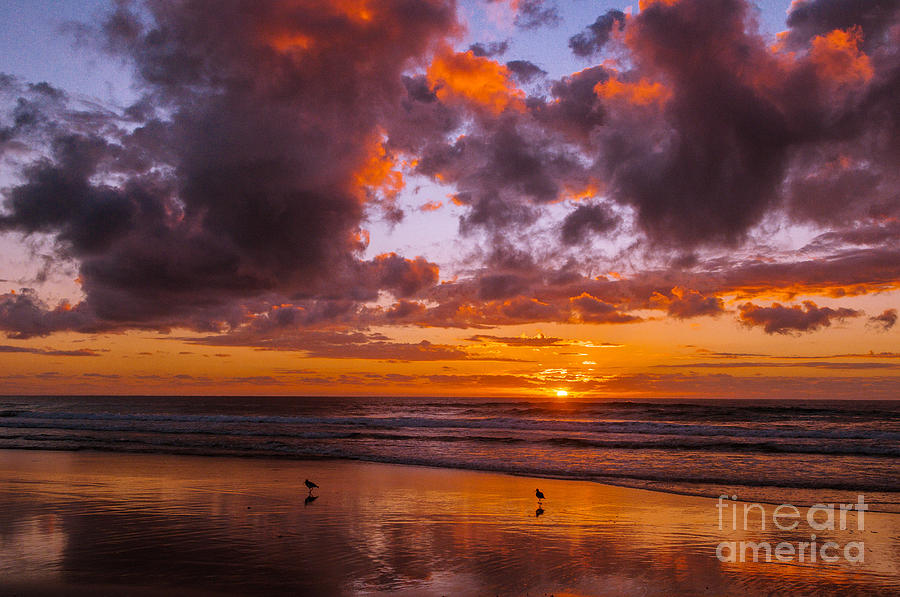
Caption by Laura Phoebus, Jacobs Technology, JETS Contract at NASA-JSC. The official flag of Johnston Atoll is the flag of the United States (also, the Kingdom of Hawaii claimed the island in the 1850s). Additional images taken by astronauts and cosmonauts can be viewed at the NASA/JSC Gateway to Astronaut Photography of Earth. English: Unofficial flag of Johnston Atoll, used to represent the island in a DecemPearl Harbor ceremony. The International Space Station Program supports the laboratory as part of the ISS National Lab to help astronauts take pictures of Earth that will be of the greatest value to scientists and the public, and to make those images freely available on the Internet. The image has been cropped and enhanced to improve contrast, and lens artifacts have been removed. The image was taken by a member of the Expedition 61 crew.

As the first marine reserve to be established in Brazil, it is the strictest type of protected area, specifically focused on the conservation of biodiversity such that no recreational activity or resource exploitation is permitted.Īstronaut photograph ISS061-E-52673 was acquired on November 21, 2019, with a Nikon D5 digital camera using a 500 millimeter lens and is provided by the ISS Crew Earth Observations Facility and the Earth Science and Remote Sensing Unit, Johnson Space Center. In 1978, Rocas Atoll was named a national biological reserve due to the large populations of migratory and resident seabirds. Coral reefs are considered among the most diverse ecosystems in the world. These reef structures are self-contained environments that create ideal conditions for a diverse habitat. Understand The atoll is closed to the public and travel to the island is strictly forbidden. These structures typically form around a volcanic island that has subsided while the coral continues to grow upward. Johnston Atoll is in Polynesia, 717 NM (1328 km) southwest of Hawaii, about one-third of the way to the Marshall Islands. This image clearly captures the defining boundary between the outer algal ridge, the open ocean, and the sandy bottom closer to the atoll’s center.Īn atoll is usually a circular or oval-shaped reef structure with a lagoon in the center. Rocas Atoll is part of the Fernando de Noronha archipelago, located approximately 260 kilometers (160 miles) off the northeastern coast of Brazil. This photograph, taken by an astronaut onboard the International Space Station (ISS), shows the only atoll in the South Atlantic Ocean.


 0 kommentar(er)
0 kommentar(er)
